
Christopher Crockett
Associate News Editor
Christopher Crockett is an Associate News Editor. He was formerly the astronomy writer from 2014 to 2017, and he has a Ph.D. in astronomy from the University of California, Los Angeles.

Trustworthy journalism comes at a price.
Scientists and journalists share a core belief in questioning, observing and verifying to reach the truth. Science News reports on crucial research and discovery across science disciplines. We need your financial support to make it happen – every contribution makes a difference.
All Stories by Christopher Crockett
-
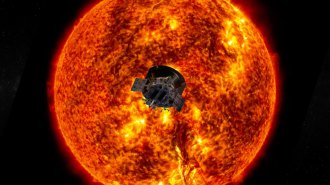 Space
SpaceNASA’s Parker probe reveals the sun’s rogue plasma waves and magnetic islands
Scientists have analyzed the Parker probe’s first data, giving a peek at what’s to come as the craft moves closer to the sun over the next few years.
-
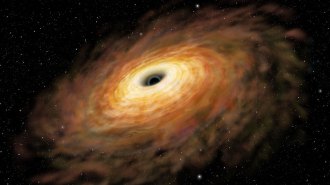 Space
SpaceA newfound black hole in the Milky Way is weirdly heavy
A dark mass about 68 times as massive as the sun is locked in orbit with a star in our galaxy. Theory says that such black holes shouldn’t get so big.
-
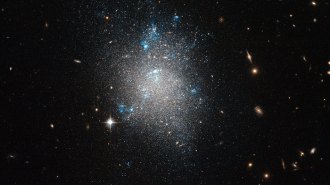 Astronomy
Astronomy19 more galaxies mysteriously missing dark matter have been found
The finding reveals a population of dwarf galaxies that defy common wisdom about how these star systems form and evolve.
-
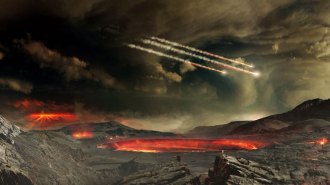 Planetary Science
Planetary ScienceRibose, a sugar needed for life, has been detected in meteorites
Samples of rocks that fell to Earth contain a key molecular ingredient of RNA, part of life’s genetic machinery.
-
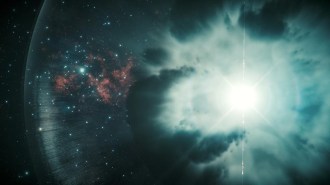 Space
SpaceHow two gamma-ray bursts created record-breaking high-energy photons
Light packing up to 1 trillion electron volts of energy bolsters a theory for how these cosmic explosions produce such high-energy radiation.
-
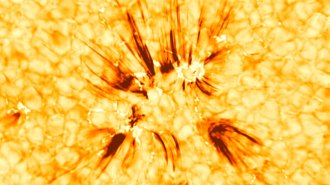 Space
SpaceRealigning magnetic fields may drive the sun’s spiky plasma tendrils
Solar spicules emerge near counterpointing magnetic fields, hinting that self-adjusting magnetism creates these filaments, which may heat the corona.
-
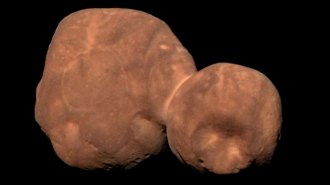 Space
SpaceNASA gave Ultima Thule a new official name
The distant world briefly visited by New Horizons is now called Arrokoth, a Powhatan word that means “sky.”
-
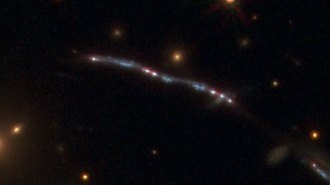 Space
SpaceLight leaking from a distant galaxy hints at a cosmic makeover’s origins
Ultraviolet light slips through a hole in a distant galaxy’s gas. Older galaxies might have used the trick to ionize most of the universe’s hydrogen.
-
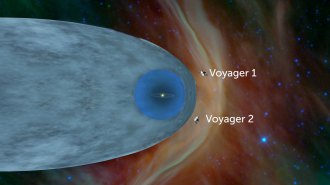 Space
SpaceVoyager 2 reveals the dynamic, complex nature of the solar system’s edge
With two spacecraft outside the sun’s magnetic bubble, researchers get a new look at the boundary between the sun and its galactic environment.
-
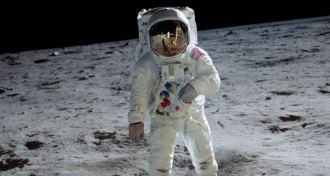 Planetary Science
Planetary ScienceAccolades, skepticism and science marked Science News’ coverage of Apollo
Science News’ coverage of the Apollo program stayed focused on the science but also framed the moon missions in the broader social and political context of the era.
-
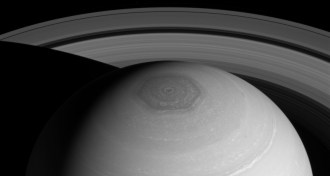 Planetary Science
Planetary ScienceSaturn has two hexagons, not one, swirling around its north pole
NASA’s Cassini spacecraft spied a vortex growing high over Saturn’s north pole, whose hexagonal shape mirrors a famous underlying cyclone.
-
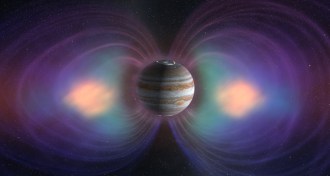 Planetary Science
Planetary ScienceJupiter’s magnetic field is surprisingly weird
New results from NASA’s Juno spacecraft reveal different magnetic behavior in the planet’s northern and southern hemispheres.